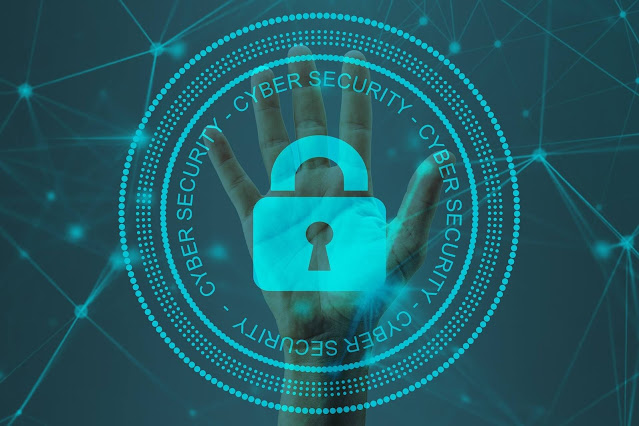Today, emerging technologies are changing every aspect of our everyday lives. Unmanned drones were limited to science fiction stories only a few decades ago, and artificial intelligence appeared to be years ahead from today.
Technological developments have altered international security strategies, from changing how our territories are supervised and protected to alleviating natural hazards.
The business sector is also widely accepting IT as it is a safe umbrella, but because of the gap between information technology and the board of directors, there is still a long way to go.
However, let’s explore ways where innovations help reduce safety risks.
1. Cybersecurity
New criminal offences are becoming probable as we are entering the digital world. Although conventional cybersecurity defences include IT systems monitoring, analysis, program management and network protection, the latest technologies are more proactive.
Considering the issue, the developers have built and related technology systems to combat the growing security issue.
Organizations add on protocol checks and track rules-based conduct, making networks more alert and better able to protect against potential threats.
2. Authentication of Hardware
We all know the insecurities of login credentials. We clearly need a more reliable form of authentication.
Baking authentication into the hardware of a user is one strategy. Intel is heading in that direction with the Authenticate solution in its latest, sixth-generation Core vPro processor. To verify a user’s identity, it can combine a number of hardware-enhanced factors simultaneously.
For the Internet of Things (IoT), hardware authentication may be especially relevant when a network tries to ensure that the thing attempting to gain entrance to it, is one that could have rights to it.
3. Analytics for User-behaviour
Anyone can breach a user’s data if they have access to the owner’s credentials like passwords. Whoever has them can walk right into a network and participate in all manner of malicious activity.
However, if the network has user behaviour analytics, the behaviour can cause a red flag for device defenders (UBA).
To detect abnormal activity by a consumer, the technology utilizes big data analytics. Activity visibility that will not suit the valid user’s standard will cover a blind area in the threat chain centre.
4. Prevention of Data Damage
Technology such as encryption and tokenization is key to data loss prevention. Users or businesses can secure data at the level of the field and subfield, which can help them in a variety of ways:
In the event of a successful hack, cyber-attackers cannot monetize data.
Information can be transferred and used safely in the extended enterprise. It can help carry business processes and analytics out in their secured form in the database, significantly minimizing damage potential.
Compliance with data privacy and security policies for the safety of PCI (payment card information), PII (personal identifiable information), and PHI (protected health information) and will greatly benefit the organization.
5. Deep Learning Technology
A variety of technologies, like machine learning and artificial intelligence, are covered by deep learning. Deep learning emphasizes on anomalous behaviour, much like user behaviour analytics.
It helps in identifying where malicious activity in terms of safety deviates from legal or appropriate behaviour.
The system looks at organizations instead of looking at individuals. With deep learning, we can now look at the discrete entities that operate at the basic to advanced industry levels.
Conclusion:
With tech, it is possible to get and process a plethora of information in a limited period. It is improving the flow of information between devices. But it also exposes security threats and interception possibilities.
Although hardware and software security measures are increasingly being integrated into devices at the design level, strong encryption can also be used to further ensure a safe link between operating systems.


0 Comments